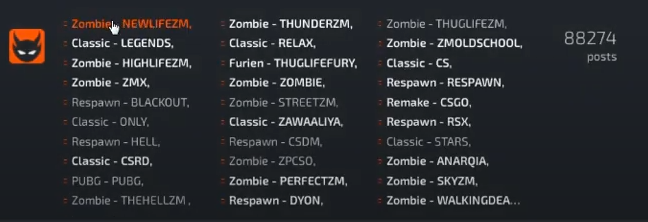
Lil Ginge
-
Posts
402 -
Joined
-
Last visited
Lil Ginge's Achievements
-
 ==> 2019
==> 2019
 ==> 2022
==> 2022
Is CSBlackDevil worth it on 2023 ??
- Show previous comments 1 more
-
-

-
Vorbe adevarate ai spus acolo @Loading 😄😉
-
Man stop post / topic agein and agein .. i will hide you topic agein and agein ... if you don,t know how to post ask... free to ask .
don't post without a link
every topic who you post - No link stop post topic without a link
- Show previous comments 2 more
-

are u a server owner @SamiBNZ ??
-
-

kk giving adds for csbd server is ok no issues unless some 1 abuses or behaves badly by give many status is not good soo is ok guys let people be happy and express there feelings if they happy about server and sent many messages only if abuse or bad behavior warn and report please try to be friendly towards all peace 🥰












